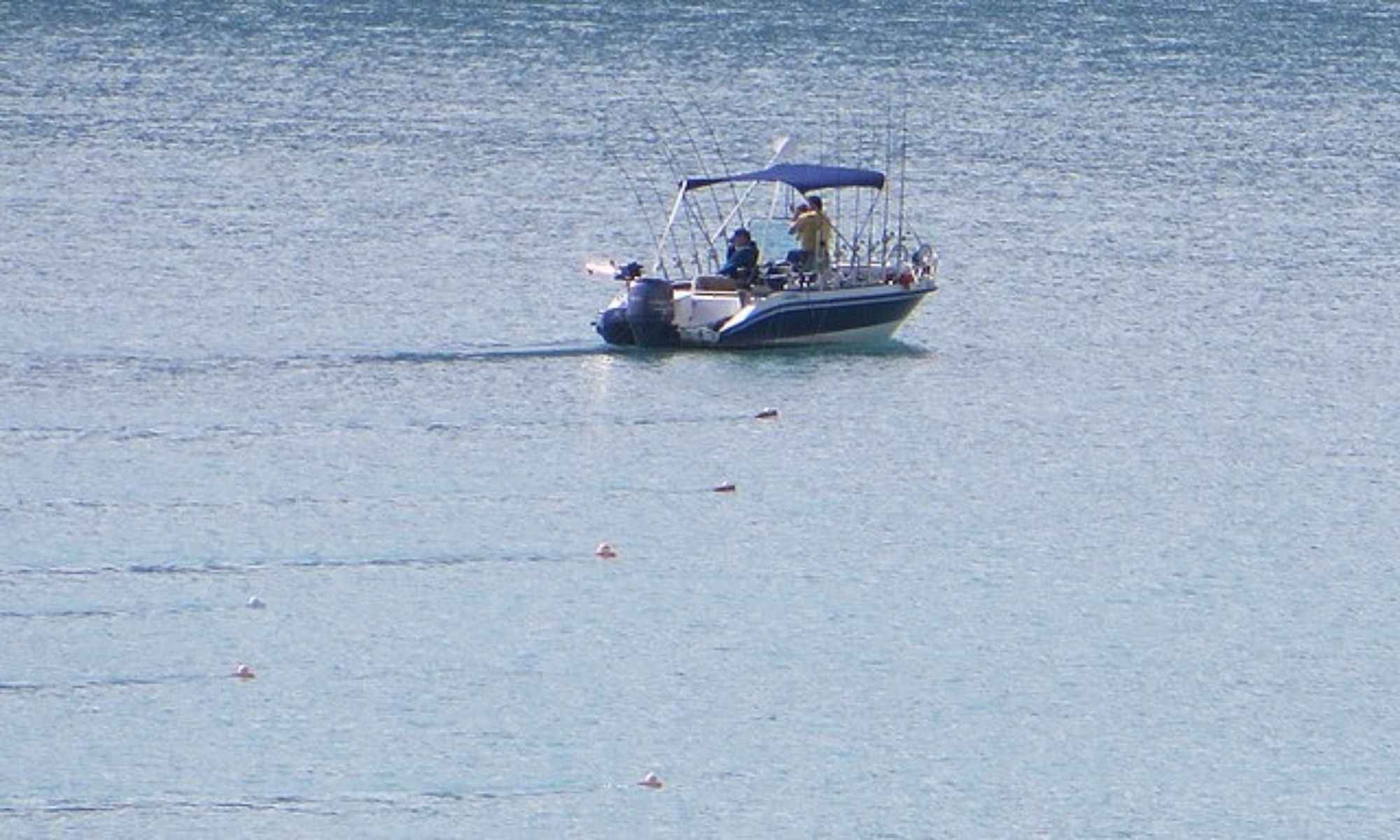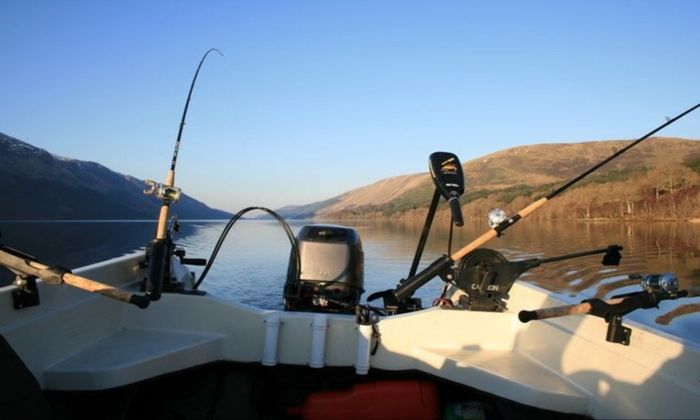Is Trolling a Good Way To Fish?
Trolling is one of the best techniques an angler can utilize. It is proven to be very effective and is incredibly fun.

Trolling for fish is a fishing technique that drags lures or baits behind a boat at a certain water depth to get the fish to bite while using a unique trolling motor. Anglers can troll for fish in the ocean or on a freshwater lake from a vessel. Trolling is tricking fish into thinking that the bait is moving prey. Trolling is one of the most practical ways to catch fish. It makes angling exciting for beginner and expert anglers. Trolling can be mistaken phonetically with trawling, a different method of fishing where a net or a trawl is drawn into the water instead of lines.
Whether an angler wants to catch salmon on great lakes or target tuna out on the open ocean, knowing how to troll for fish will allow anglers to cover more water to find and catch fish.
Ways To Troll For Fish

Trolling the bait fish at the right speed is critical to making the trolling presentation look natural. While there are many speeds and ways to troll for fish depending on the fish species an angler is targeting, saltwater trolling speeds are between 2 and 9 knots, while speeds in the 7-9 knot range are best when targeting marlin or other billfish. Wahoos are often caught when trolling around 10 to 12 knots. Anglers who prefer tuna fishing in South Carolina can troll about 4 to 6 knots. When learning how to troll for fish, anglers should consider whether they want to use live bait, lures, or a combination of lures and bait.

Tackle For Trolling
A typical trolling boat can have two to six rods. Each road has a home, usually one of the rod holders on the boat's gunwales. Most 6.5 to 7-foot rods will work on freshwater fish trolling. When it comes to offshore trolling, however, the equipment should be more technical and made to handle large game fish. Heavier fishing rods with roller-type guides in the 5 to 7-foot range are best for anglers aiming to catch big fish in the open ocean.
Conventional reels typically give anglers a lot more fishing line to work with, a step crucial when offshore or freshwater trolling. Many anglers prefer to use line-counting spins. Line-counting reels can eradicate much of the guesswork and replicate the bait presentation from time to time. In terms of choosing the right line for trolling, a monofilament is a good choice when trolling at higher speeds. Braided lines are also a good option as they are much stronger and have a smaller diameter.
Riggers play a vital role in trolling. Trolling allows anglers to cover a large amount of water with a single line. Outriggers serve several purposes and are essential for the troller’s arsenal. Outriggers allow anglers to have more lines in the water and spread out the lines to reduce the chances of tangling. Outriggers also enable anglers to present the bait in the water. Downriggers are devices anglers can use to spread out the baits. Anglers can use a planner board as a cheaper alternative.
The Best Lures and Baits To Use
Choosing the correct bait presentation will affect the trolling hook-up rate. As with most fishing presentations, an angler can choose between utilizing live bait, dead bait, lures, or a combination of trolling lure and bait. Anglers can use skirted lures, spoons, plugs, or soft plastics. A skirted lure is ideal for luring larger fish, whereas soft plastics are ideal for trolling for smaller fish. Spoons and plugs are universal options and fall somewhere in the middle.
Squid, ballyhoo, mullet, and mackerel are go-to baits for most anglers trolling in saltwater. These baits will get anglers anything from barracuda, mahi-mahi, wahoo, and tuna. Offshore anglers like to combine cut bait and skirted lures when trolling for bigger game fish. The reason behind the combination is that the skirt, a brightly colored tail, can tempt predators from miles away. Once the fish are close, there are chances they will swoop in to bite the cut bait.
A Good Way To Fish
Trolling is one of the best techniques an angler can utilize. It is proven to be very effective and is incredibly fun. Trolling is one of the most addictive ways to catch fish. As with every other angling strategy, anglers' level of knowledge on what works for their desired species of fish significantly increases their chances of successful fishing tours.

Booking A Fishing Charter
Charter fishing is a great way to enjoy fishing and all the good parts. Booking a fishing charter is much less expensive than owning a quality fishing boat, specifically trolling boats. A fishing charter will give an angler access to all the best gear and tackle. Anglers can also learn some fishing tips from professional anglers. Seize The Bay Fishing Charters, Charter Fishing Galveston, Wine Down Boston, and Reel Off Charters are some best freshwater charters an angler can choose from and book freshwater fishing trips.




